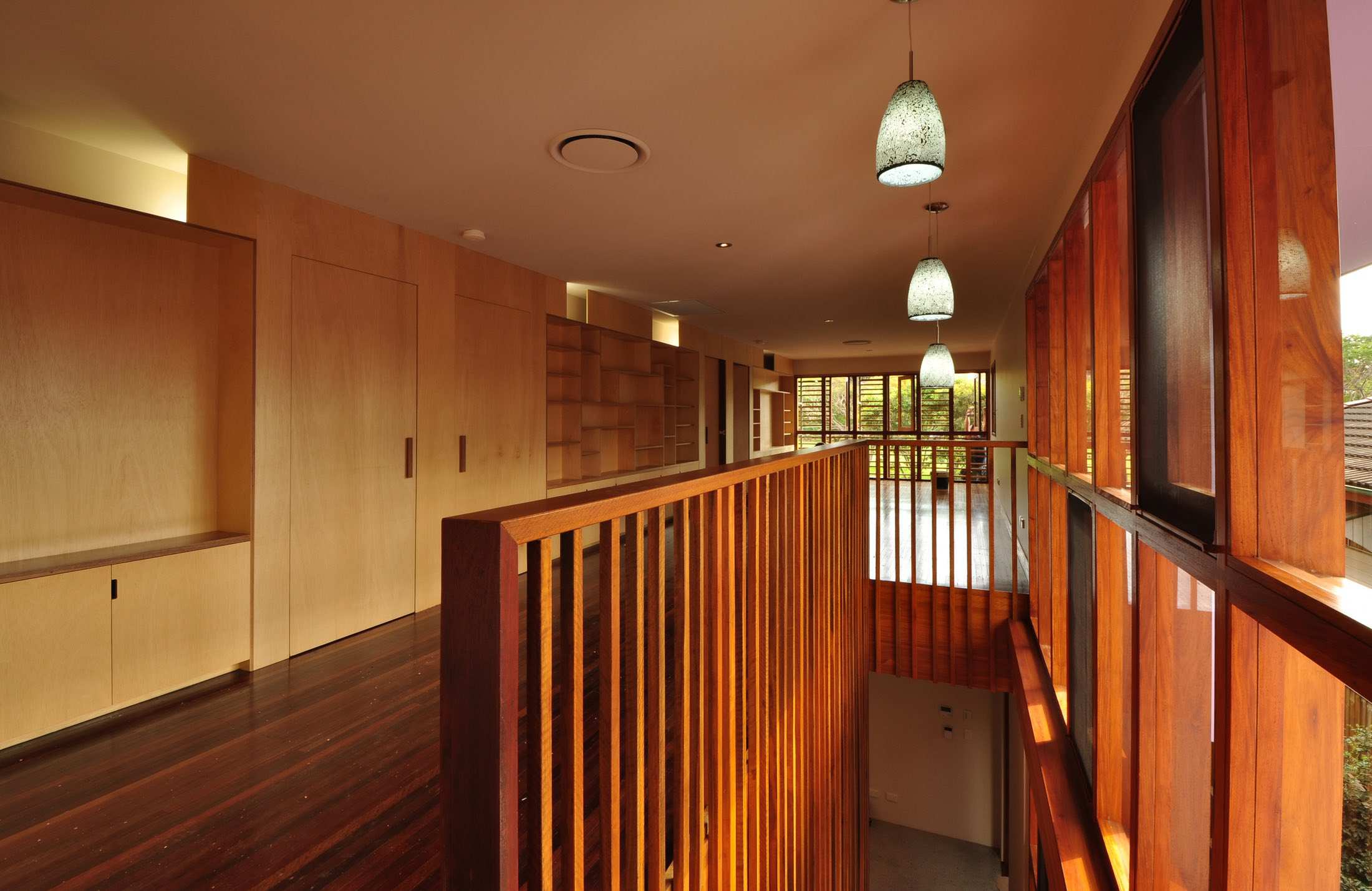For more than a decade, architect James Davidson has been championing the need to retrofit homes and build them like “big bathrooms” to be flood resilient in some of Brisbane’s most water prone suburbs.
In recent Queensland flooding events, his climate-responsive designs were thoroughly put to the test.
A Graceville home that was constructed shortly after the original 1950s property was wiped out by 2011 Brisbane floods, was built with concrete floors, removable cabinets made of marine ply and sunken door sills.
There is also hardwood joinery and rendered block walls. The theory is that these features allow for the interior to be thoroughly washed with a high-pressure hose if the home becomes flooded.
The design proved successful. Owners Tfer Newsome and Michael Mader say they were back living in the home within two weeks of the water subsiding.
This was a remarkable result compared to the 18 months it took following the destruction of their previous house.

High homes
Davidson says building homes higher to withstand rising flood waters is only one part of the equation.
“Flood resilience is not just elevating homes, because you can never predict the level and within a year of building this house the council put the levels up another metre and a half. It’s why their neighbours’ house is significantly higher,” he says.
“Flood resilience overall is a complementary approach to mitigation because next time around the flood may be higher, as it was in some suburbs.”
Award-winning architect Joe Adsett says Davidson has become a trailblazer in the field of floodproof design.
“He is a pioneer in that space and we (architects) often look at his research when designing homes,” he says.
“He’s the leader of the pack.”
Read the full article in At Home magazine, which appears in The Daily Telegraph, The Courier Mail, The Advertiser and Herald Sun.
